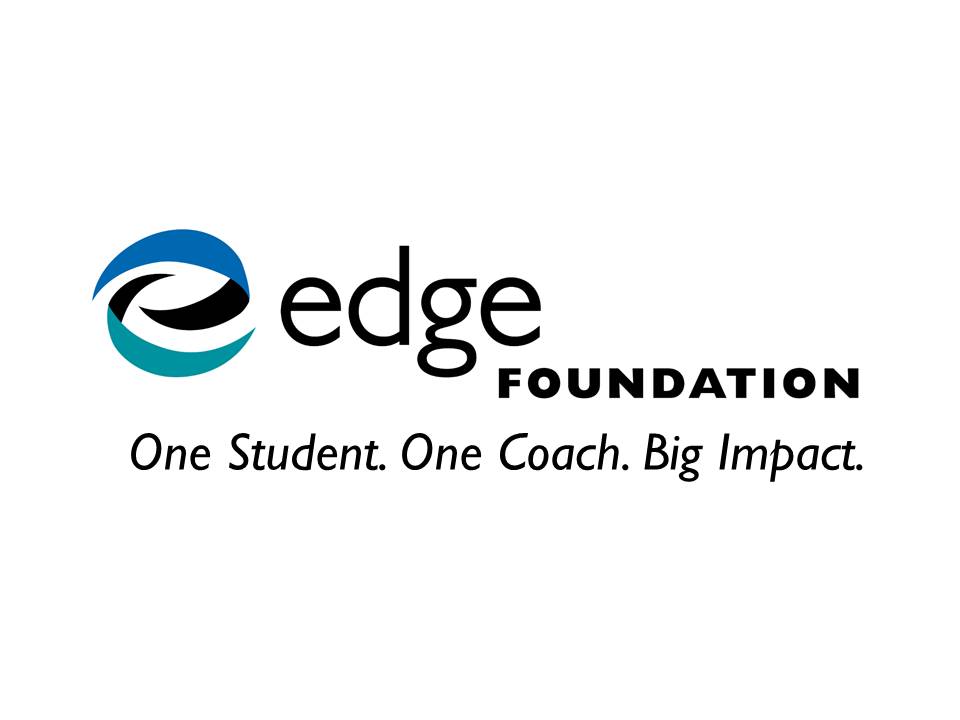
Ours is a world where learning never stops. If you’ve been diagnosed with ADHD, you might be wondering how it interacts with your learning process, and how it differs from learning disabilities. It’s important to understand the distinctions and the overlaps so you can better navigate your educational and professional journey.
ADHD vs. Learning Disabilities: What’s the Difference?
ADHD is a neurological condition that affects your ability to sustain attention and focus, organize, manage time, and manage impulsive behavior. It’s not a measure of intelligence or capability but rather a different way your brain processes information and reacts to stimuli. These challenges can make traditional learning at school or work difficult.
Learning disabilities, on the other hand, are specific neurological disorders that affect your ability to read, write, spell, or do mathematical calculations. These include dyslexia (reading difficulties), dysgraphia (writing difficulties), and dyscalculia (math difficulties). Learning disabilities are specific to particular types of learning and processing issues, rather than a broad issue with attention or impulse control.
Learning Differently
Individuals with ADHD often learn differently than neurotypical individuals. You might find that you excel in hands-on learning environments where you can actively engage with the material, rather than passive learning through lectures or reading. Visual aids, interactive activities, and practical applications of knowledge can be more effective for you.
Additionally, because your brain seeks stimulation, varied and dynamic learning methods that keep you engaged can help you retain information better than traditional, monotonous approaches. Embracing these differences and finding the learning styles that work best for you is key to maximizing your potential.
Strategies to Leverage ADHD Learning Differences
Understanding your unique learning style can help you harness your strengths and manage your challenges. Here are some strategies that can leverage your specific learning differences to enhance your educational and professional experiences:
- Active Learning – Engage in hands-on activities and experiential learning opportunities. Whether it’s through experiments, practical applications, or interactive simulations, active learning can help you grasp and retain concepts more effectively than passive listening or reading.
- Visual Aids – Utilize visual tools such as charts, diagrams, and mind maps to organize and understand information. Visual representations can make complex information more accessible and easier to recall.
- Breaks and Movement – Incorporate regular breaks and physical activity into your learning routine. Short, frequent breaks can help maintain focus and prevent burnout. Additionally, incorporating movement, such as walking while studying or using a standing desk, can keep your energy levels up and improve concentration.
- Chunking Information – Break down large amounts of information into smaller, more manageable chunks. This technique, known as chunking, can make studying less overwhelming and improve your ability to process and remember information.
- Multi-Sensory Learning – Engage multiple senses in the learning process. For example, combine auditory (listening to lectures or audio recordings), visual (reading or watching videos), and kinesthetic (hands-on activities) methods to reinforce learning. This multi-sensory approach can help you better understand and retain information.
- Structured Environment – Create a structured and organized learning environment. Designate specific areas for studying, free from distractions, and keep your materials organized. A consistent and orderly workspace can help reduce distractions and improve focus.
- Technology and Apps – Leverage technology to aid your learning. Use apps and tools designed for organization, time management, and focus, such as digital planners, reminder apps, and tools that break tasks into smaller steps. Find what works best for you and integrate it into your daily routine.
- Interactive and Dynamic Learning – Seek out learning opportunities that are interactive and dynamic. Group discussions, collaborative projects, and engaging activities can keep your interest piqued and facilitate better learning outcomes. Participating in study groups or online forums can also provide valuable interaction and support.
- Hyperfocus Management – Utilize periods of hyperfocus to your advantage by dedicating them to complex or challenging tasks that require intense concentration. Set aside specific times for these tasks, and create an environment that minimizes distractions to make the most of your hyperfocus episodes.
- Personal Relevance – Relate the material to your personal interests and real-life experiences. Finding personal relevance in what you’re learning can increase motivation and engagement, making it easier to absorb and retain information.
By embracing these strategies and adapting them to fit your unique needs, you can turn your learning differences into strengths. Remember, your brain might work differently, but different can be powerful. Embrace your unique learning style and equip yourself with the tools and strategies that will help you succeed.
References
- https://www.healthline.com/health/adhd/is-adhd-a-learning-disability
- https://add.org/is-adhd-a-learning-disability/
- https://www.verywellmind.com/is-adhd-a-learning-disability-4116126
- https://www.additudemag.com/adult-education-tips-for-students-with-adhd/
- https://www.endeavorotc.com/blog/adult-learning-techniques-when-you-have-adhd/


